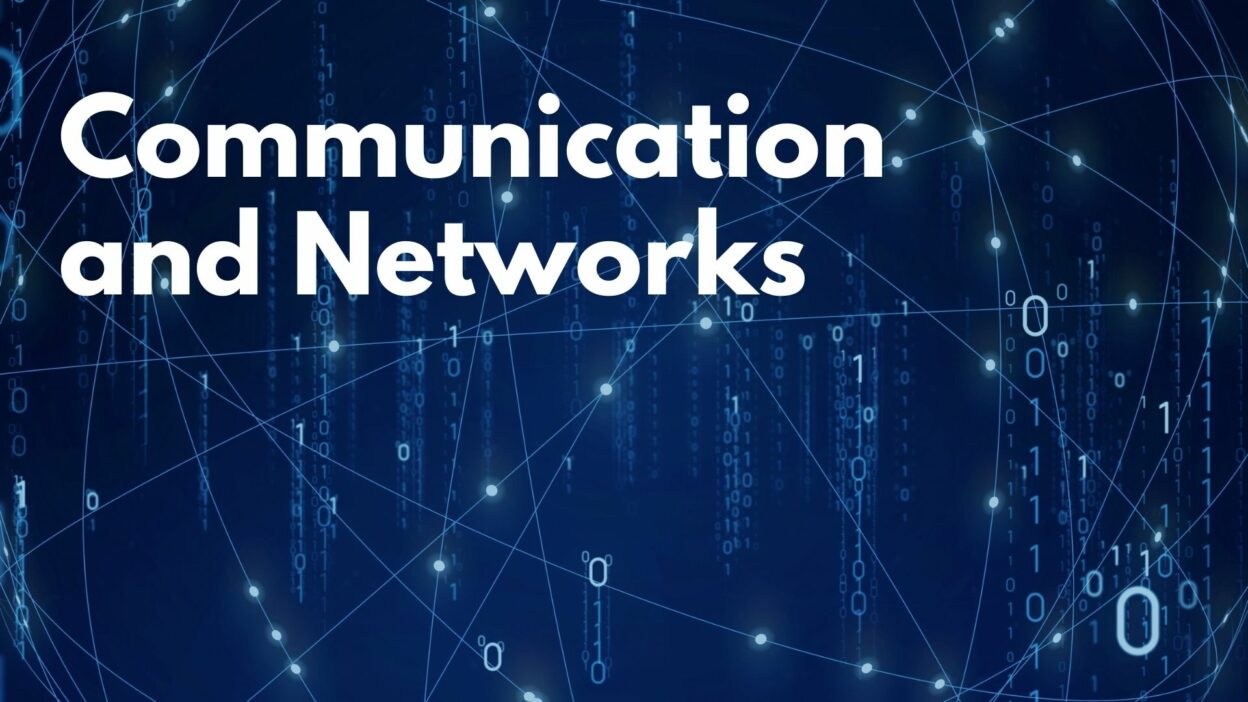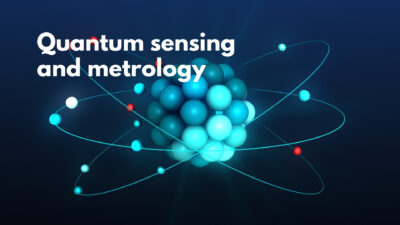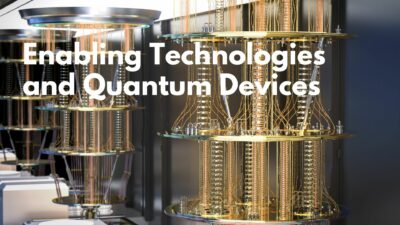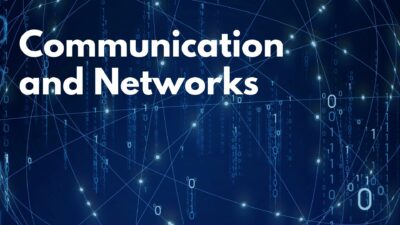This article explores how atomic clocks and quantum entanglement are coming together to shape the future of quantum technologies. Atomic clocks, which rely on quantum principles, are being used to improve quantum networks by ensuring precise timing needed for entanglement between distant nodes. These networks could enable secure communication, distributed quantum computing, and new ways to study the universe. In projects like DC-QNet, atomic clocks help reduce noise and ensure photons arrive at the right time, which is crucial for creating entanglement over long distances.
At the same time, quantum entanglement is helping improve atomic clocks themselves. By entangling particles, scientists can reduce measurement noise and surpass the standard quantum limit, which currently limits clock precision. While entangled clocks haven’t yet outperformed the best conventional clocks, researchers are making progress. Looking ahead, scientists like Jun Ye envision a global network of entangled space clocks that could revolutionize timekeeping and geodesy. However, these ideas are still in the early stages and face significant technical challenges. As clocks become more precise, they may also help test the boundaries between quantum mechanics and Einstein’s theory of relativity, potentially revealing new insights into the fundamental nature of the universe.
Keywords: atomic clocks, entanglement, quantum networks




